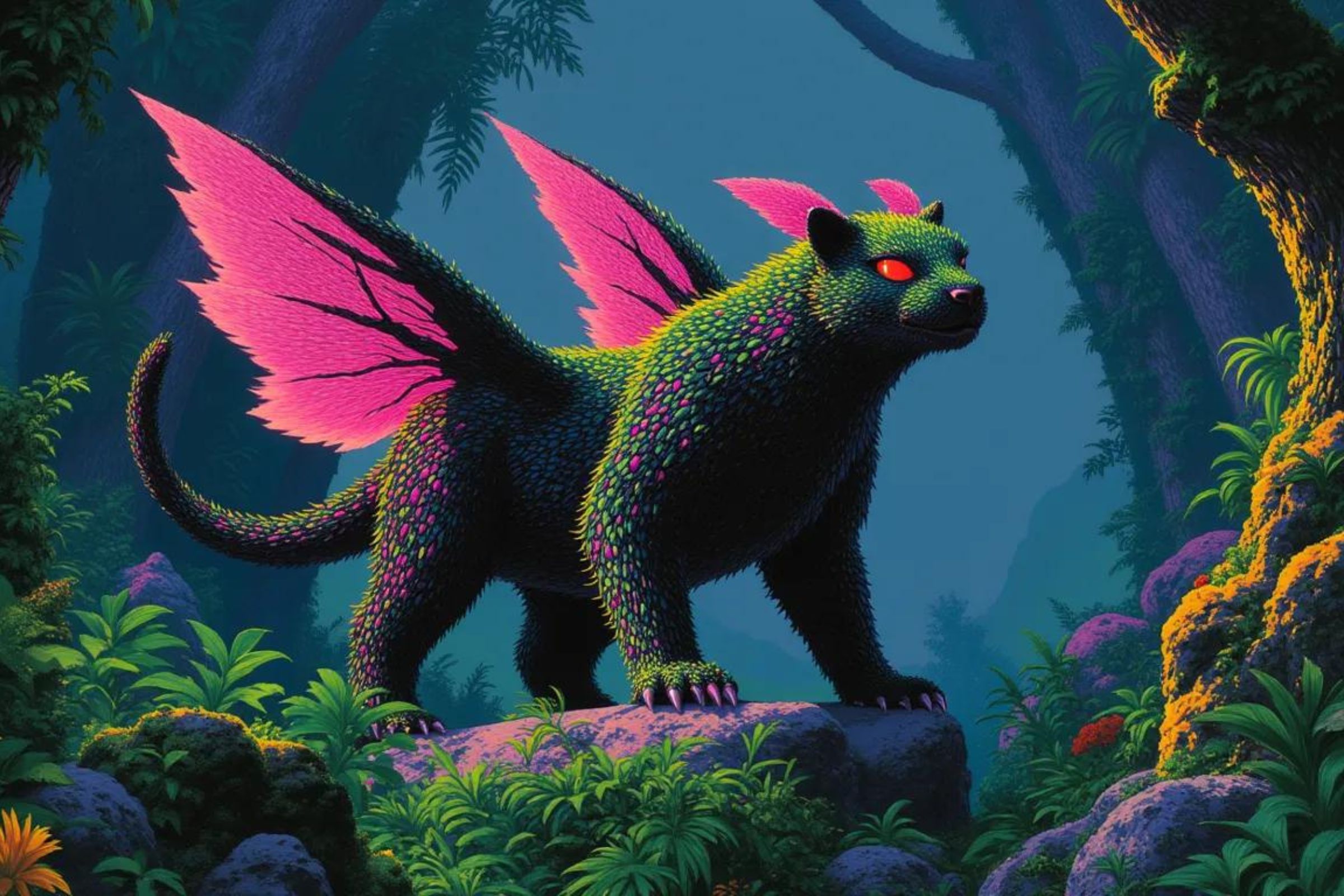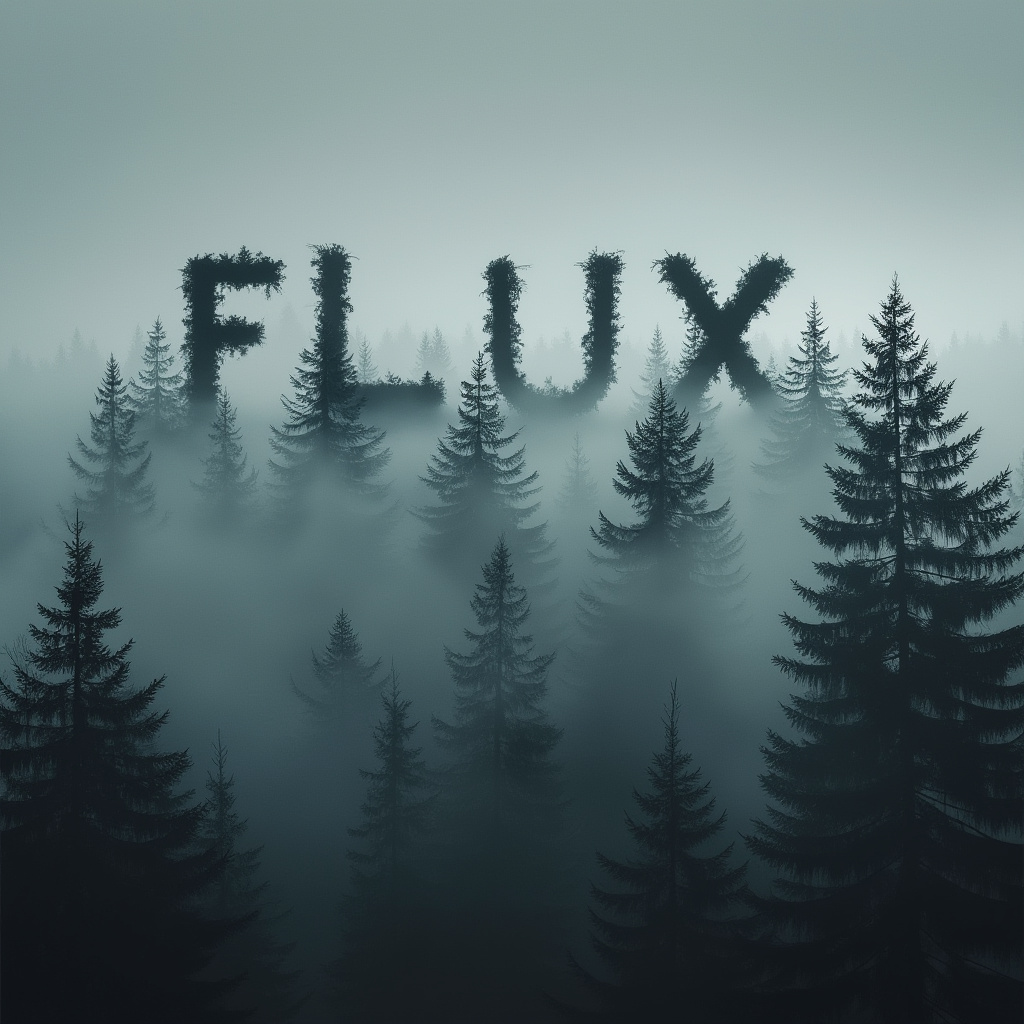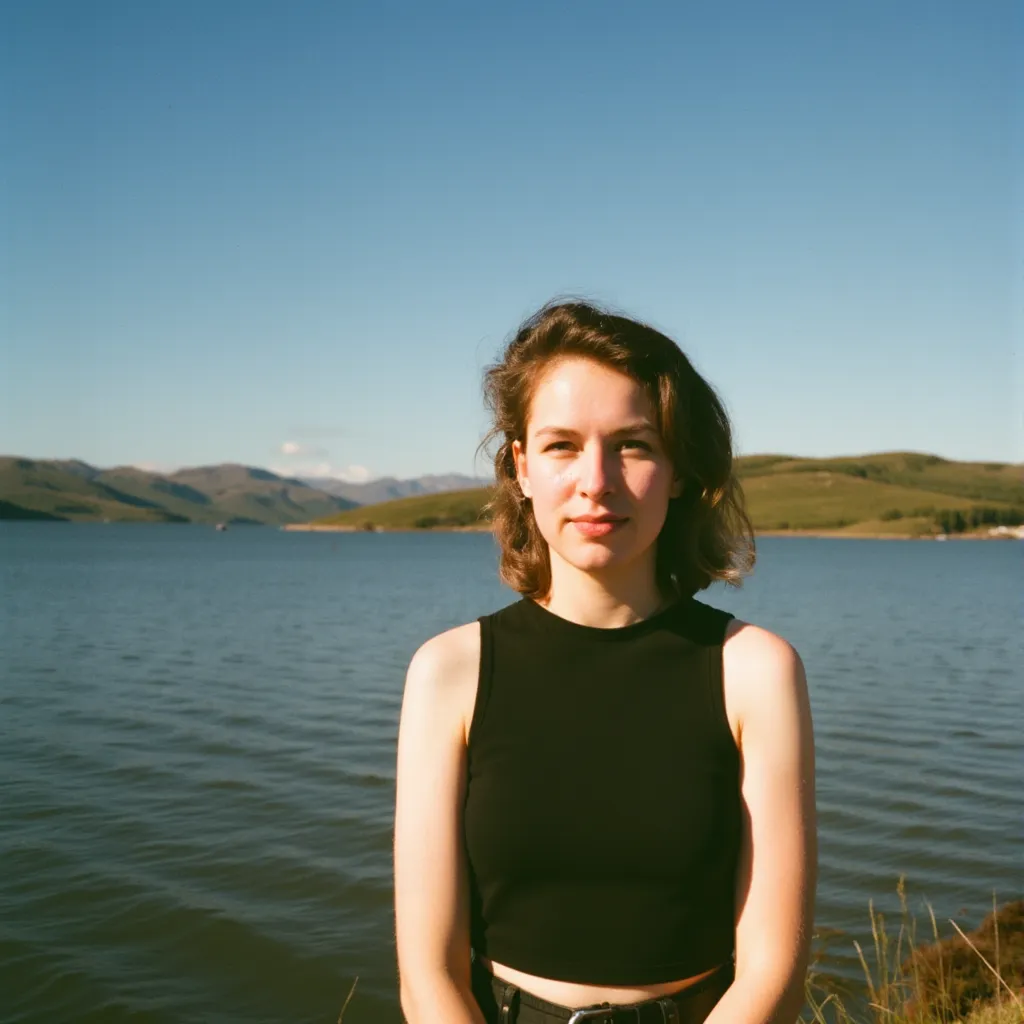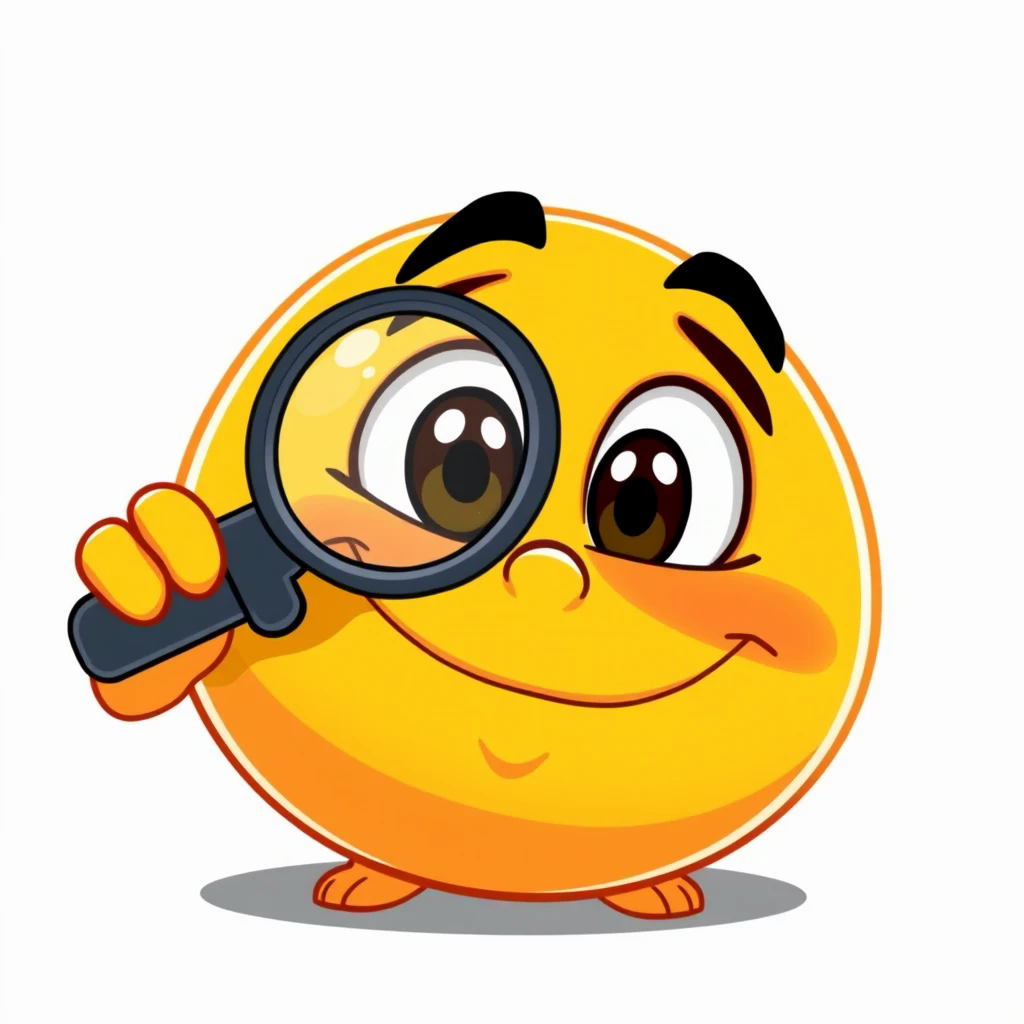flux-mystic-animals
Maintainer: halimalrasihi

2

| Property | Value |
|---|---|
| Run this model | Run on Replicate |
| API spec | View on Replicate |
| Github link | No Github link provided |
| Paper link | No paper link provided |
Create account to get full access
Model overview
The flux-mystic-animals model is a Latent Diffusion (LoRA) model created by halimalrasihi that can be used to generate images with a "m1st1c" style. This model is part of the FLUX model family, which includes similar models like [object Object], [object Object], [object Object], [object Object], and [object Object].
Model inputs and outputs
The flux-mystic-animals model takes a text prompt as input and generates one or more images as output. The model supports various image aspect ratios and allows for combining the main LoRA model with an additional LoRA model.
Inputs
- Prompt: The text prompt describing the desired image content
- Seed: A random seed for reproducible generation
- Model: The specific model to use for inference (either "dev" or "schnell")
- Width and Height: The desired size of the generated image (optional, only used when
aspect_ratiois set to "custom") - Aspect Ratio: The aspect ratio of the generated image (can be set to "custom" to use arbitrary width and height)
- Num Outputs: The number of images to generate
- Guidance Scale: The guidance scale for the diffusion process
- Num Inference Steps: The number of inference steps to perform
- Extra LoRA: An additional LoRA model to combine with the main LoRA
- LoRA Scale: The strength of the main LoRA application
- Extra LoRA Scale: The strength of the additional LoRA application
- Replicate Weights: Optional custom Replicate LoRA weights to use
- Output Format: The format of the output images (e.g., WEBP, PNG)
- Output Quality: The quality of the output images (0-100)
- Disable Safety Checker: Whether to disable the safety checker for the generated images
Outputs
- Image(s): The generated image(s) in the specified format and quality
Capabilities
The flux-mystic-animals model can generate a variety of images with a unique "m1st1c" style, combining elements of fantasy and the natural world. The model is particularly adept at creating visually striking and imaginative depictions of animals and creatures.
What can I use it for?
The flux-mystic-animals model can be used for a range of creative projects, such as concept art, illustrations, and fantasy-themed digital art. The model's ability to generate images with a distinct style can be particularly useful for artists, designers, and content creators looking to add a touch of mysticism and wonder to their work.
Things to try
Experiment with different prompts to see the range of images the flux-mystic-animals model can generate. Try combining the main LoRA model with an additional LoRA to further refine the output. You can also explore the impact of adjusting parameters like the guidance scale and number of inference steps to achieve your desired visual effects.
This summary was produced with help from an AI and may contain inaccuracies - check out the links to read the original source documents!
Related Models

flux-childbook-illustration

3
The flux-childbook-illustration model is a Flux LoRA (Latent Optimized Representation Augmentation) model created by samsa-ai. It is designed to generate illustrations in a style reminiscent of children's storybooks. This model can be triggered by including the phrase "in the style of TOK" in the prompt. The flux-childbook-illustration model shares similarities with other Flux LoRA models, such as flux-tarot-v1, flux-koda, flux-ghibsky-illustration, flux-half-illustration, and flux-mystic-animals, all of which are designed to generate images in unique and evocative styles. Model inputs and outputs The flux-childbook-illustration model accepts a variety of inputs, including a prompt, a seed value for reproducible generation, and an optional input image for inpainting. The model can generate multiple output images based on the provided inputs. Inputs Prompt**: The text prompt that describes the desired image. Seed**: A numerical seed value to ensure reproducible generation. Image**: An optional input image for inpainting mode. Model**: The specific model to use for inference, with options for a "dev" or "schnell" model. Width and Height**: The desired dimensions of the output image. Num Outputs**: The number of images to generate. Guidance Scale**: The scale for the diffusion process, which affects the realism of the generated images. Prompt Strength**: The strength for inpainting, where 1.0 corresponds to full destruction of information in the input image. Outputs Output Images**: The generated images, which are returned as a list of image URLs. Capabilities The flux-childbook-illustration model is capable of generating whimsical, storybook-inspired illustrations. The images produced by this model often feature fantastical elements, such as enchanted forests, mythical creatures, and dreamlike landscapes. The style is characterized by a soft, painterly aesthetic with a sense of wonder and imagination. What can I use it for? The flux-childbook-illustration model could be useful for a variety of creative projects, such as book illustrations, children's book covers, or promotional materials for fantasy or children's products. The unique style of this model could also be applied to concept art, game assets, or even personal art projects. Things to try When using the flux-childbook-illustration model, you can experiment with different prompts to see how the model responds. Try combining the trigger phrase "in the style of TOK" with various themes or subject matter to see the range of illustrations the model can produce. Additionally, you can adjust the model parameters, such as the guidance scale and prompt strength, to fine-tune the output to your preferences.
Updated Invalid Date

flux-pro

3.5K
The flux-pro is a state-of-the-art image generation model developed by black-forest-labs. It offers top-tier prompt following, visual quality, image detail, and output diversity, making it a powerful tool for creating high-quality images from text prompts. Compared to similar models like sdxl-lightning-4step, stable-diffusion, and aura-flow, the flux-pro stands out with its advanced capabilities and impressive performance. Model inputs and outputs The flux-pro takes a text prompt as input and generates a corresponding image as output. The input prompt can be a detailed description of the desired image, and the model will use this information to create a visually striking image that matches the prompt. Inputs Prompt**: Text prompt for image generation Outputs Output**: The generated image, returned as a URI Capabilities The flux-pro can create highly detailed and diverse images that faithfully represent the input prompt. Whether you're looking to generate realistic scenes, fantastical landscapes, or abstract art, the flux-pro has the capabilities to deliver impressive results. What can I use it for? The flux-pro is a versatile model that can be employed in a variety of applications, such as content creation for social media, illustration for publications, or even prototyping for product design. Its ability to generate high-quality images from text prompts makes it a valuable tool for creative professionals, marketers, and hobbyists alike. Things to try One interesting aspect of the flux-pro is its ability to capture nuanced details and complex compositions in its generated images. Try experimenting with detailed prompts that incorporate specific elements, textures, or moods, and see how the model translates these into visually stunning outputs.
Updated Invalid Date

flux-koda

1
flux-koda is a Lora-based model created by Replicate user aramintak. It is part of the "Flux" series of models, which includes similar models like flux-cinestill, flux-dev-multi-lora, and flux-softserve-anime. These models are designed to produce images with a distinctive visual style by applying Lora techniques. Model inputs and outputs The flux-koda model accepts a variety of inputs, including the prompt, seed, aspect ratio, and guidance scale. The output is an array of image URLs, with the number of outputs determined by the "Num Outputs" parameter. Inputs Prompt**: The text prompt that describes the desired image. Seed**: The random seed value used for reproducible image generation. Width/Height**: The size of the generated image, in pixels. Aspect Ratio**: The aspect ratio of the generated image, which can be set to a predefined value or to "custom" for arbitrary dimensions. Num Outputs**: The number of images to generate, up to a maximum of 4. Guidance Scale**: A parameter that controls the influence of the prompt on the generated image. Num Inference Steps**: The number of steps used in the diffusion process to generate the image. Extra Lora**: An additional Lora model to be combined with the primary model. Lora Scale**: The strength of the primary Lora model. Extra Lora Scale**: The strength of the additional Lora model. Outputs Image URLs**: An array of URLs pointing to the generated images. Capabilities The flux-koda model is capable of generating images with a unique visual style by combining the core Stable Diffusion model with Lora techniques. The resulting images often have a painterly, cinematic quality that is distinct from the output of more generic Stable Diffusion models. What can I use it for? The flux-koda model could be used for a variety of creative projects, such as generating concept art, illustrations, or background images for films, games, or other media. Its distinctive style could also be leveraged for branding, marketing, or advertising purposes. Additionally, the model's ability to generate multiple images at once could make it useful for rapid prototyping or experimentation. Things to try One interesting aspect of the flux-koda model is the ability to combine it with additional Lora models, as demonstrated by the flux-dev-multi-lora and flux-softserve-anime models. By experimenting with different Lora combinations, users may be able to create even more unique and compelling visual styles.
Updated Invalid Date

flux-dev-multi-lora

285
The flux-dev-multi-lora is an AI model developed by lucataco, who has created several similar models such as the flux-dev-lora, ssd-lora-inference, and ai-toolkit. This model is part of the FLUX.1-Dev series and allows for the exploration of multi-LoRA capabilities. Model inputs and outputs The flux-dev-multi-lora model takes in a variety of inputs to generate images, including a prompt, seed, aspect ratio, number of outputs, guidance scale, number of inference steps, and the ability to specify Hugging Face LoRA paths and scales. The outputs are an array of image URLs in the specified format, such as WEBP. Inputs Prompt**: Text prompt for the generated image Seed**: Random seed for reproducible generation Hf Loras**: Hugging Face paths or URLs to the LoRA weights Lora Scales**: Scales for the LoRA weights, default is 0.8 Num Outputs**: Number of images to generate, up to 4 Aspect Ratio**: Aspect ratio for the generated images, default is 1:1 Output Format**: Format of the output images, default is WEBP Guidance Scale**: Guidance scale for the diffusion process, default is 3.5 Output Quality**: Quality of the output images, from 0 to 100, default is 80 Num Inference Steps**: Number of inference steps, default is 28 Disable Safety Checker**: Option to disable the safety checker for generated images Outputs Array of image URLs**: The generated images in the specified format Capabilities The flux-dev-multi-lora model allows for the exploration of using multiple LoRA weights simultaneously during the image generation process. This can potentially lead to more nuanced and interesting image outputs by combining the effects of different LoRA models. What can I use it for? The flux-dev-multi-lora model can be used for a variety of creative and experimental image generation tasks. For example, you could try combining different LoRA weights to see how they interact and influence the final output. This model could be useful for artists, designers, or anyone interested in exploring the capabilities of AI-generated imagery. Things to try One interesting thing to try with the flux-dev-multi-lora model is to experiment with different combinations of LoRA weights and scales. By adjusting these parameters, you can potentially create unique and unexpected image outputs that blend the characteristics of multiple LoRA models. This can be a fun and rewarding way to discover new and surprising visual styles.
Updated Invalid Date